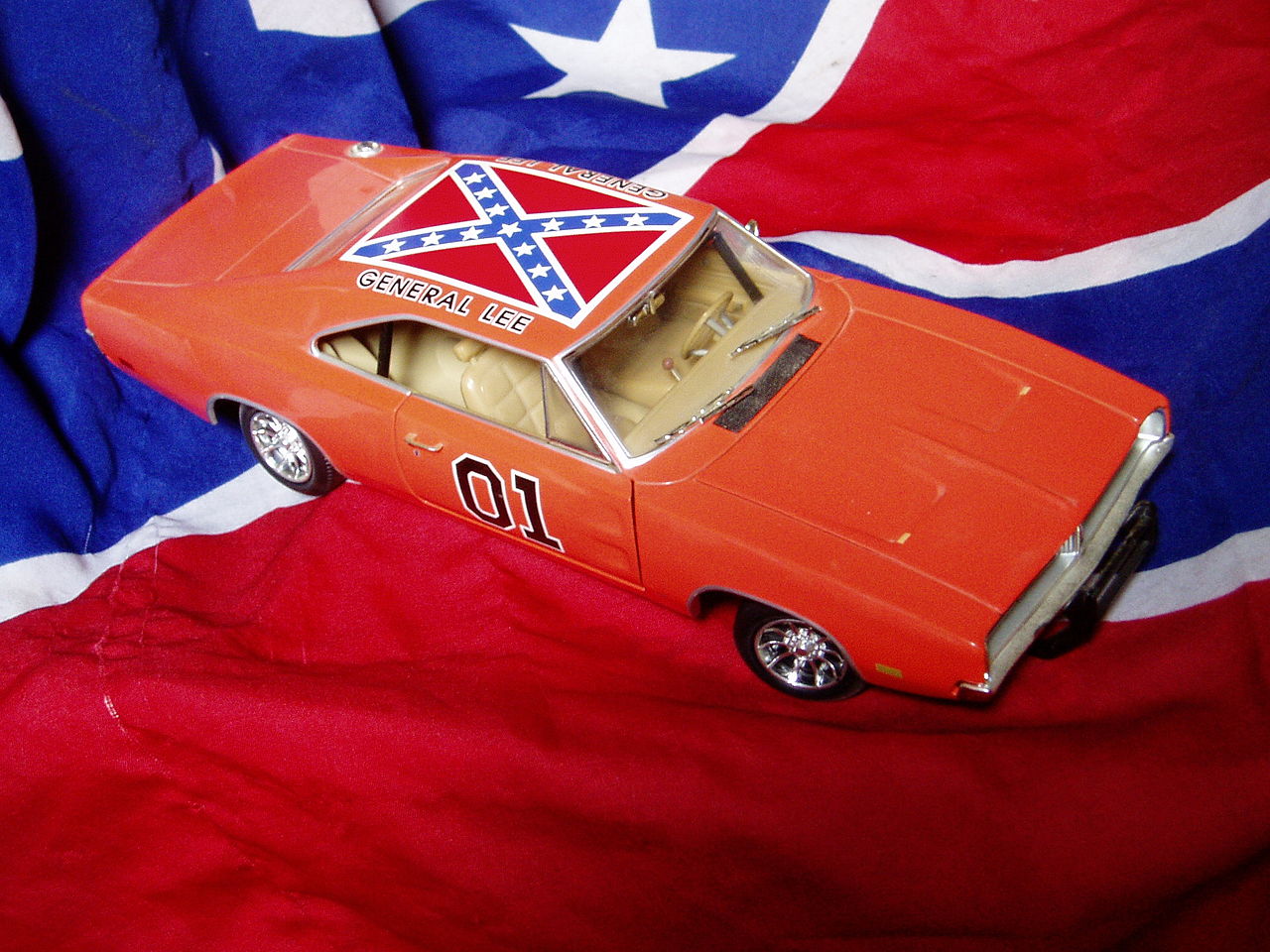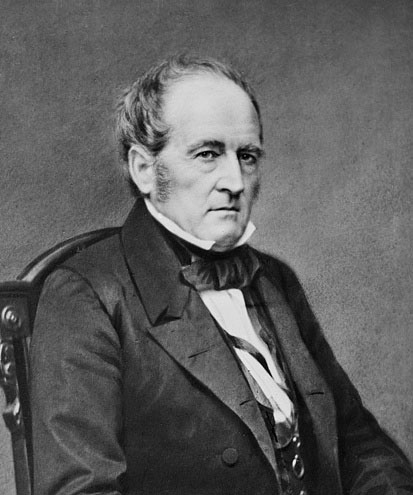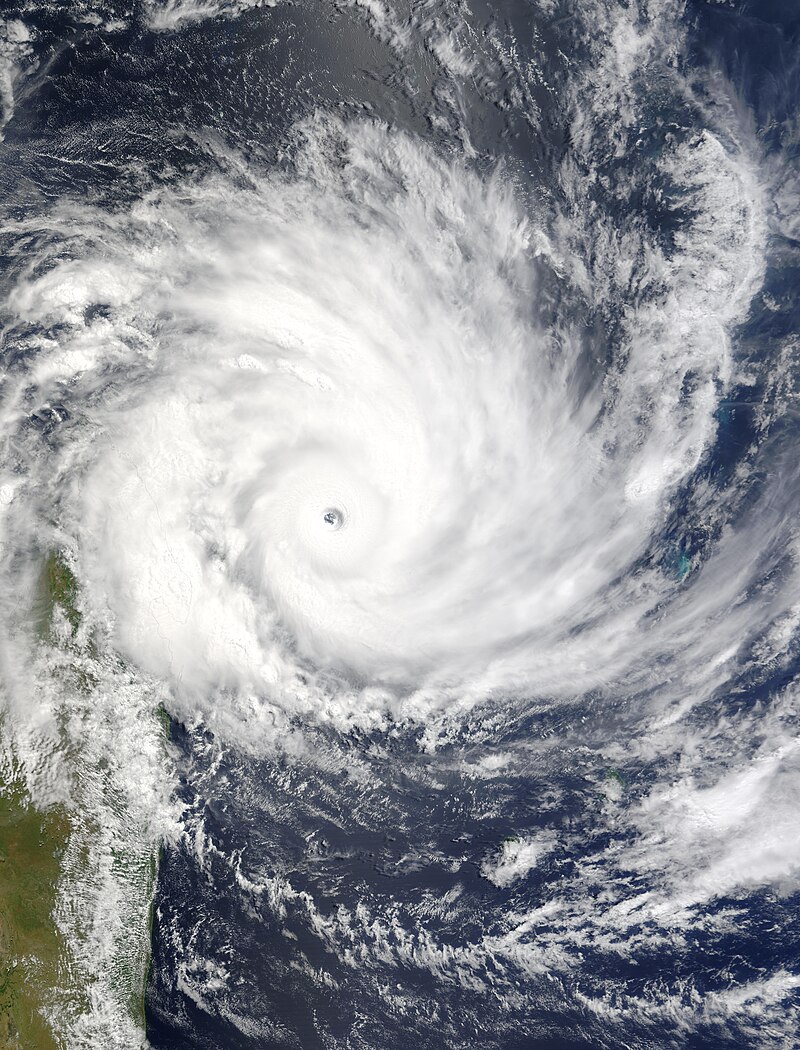Okay, following up on last time, here is the second and final part of the ranking of defunct political parties. These are the ones that sucked the least, finishing off with a hand-full of defunct parties that actually had some successful elections and/or had actual Presidents of the United States elected from their parties. Ah, good things don’t last forever, do they though?
12. Liberty (1840)
 |
| This guy. |
Technically there was another Liberty Party in the 1930s, but that one wasn’t significant enough to get ranked. This one, however, formed in 1840 as the first major abolitionism, anti-slavery party. With the creation of the Free Soil party soon after, it sort of got its whole shtick overtaken and by 1848 was no longer a real player. It might have died quickly, but at least it started with some noble aims, huh? Two decades before the Republican Party (that's one score, in Lincoln years) balled up and made this their platform, the Liberty Party was already on it. So shout out to abolitionist James G. Birney, the first major American political candidate to be like, "forget this slavery shit." Yet, like, nobody remembers who this guy is.
11. Liberal Republican
The Liberal Republican Party was an offshoot of the Republicans (dominant for several years after the end of the Civil War when Democrats weren't electable) who thought that President Grant was too radical, who opposed reconstruction, and who also wanted to engage in a number of anti-corruption reforms (it was really plaguing Grant's Republican Party). The (as noted, un-electable) Democratic Party saw the Liberal Republican Party as their chance to legitimize themselves and re-enter mainstream politics, and therefore their party actually nominated and selected the Liberal Republican candidate, Horace Greeley, as their own candidate in 1872. Isn’t that crazy? In May 1872 the Liberal Republicans picked Greeley, and then two months later in July
an entirely different political party, the Democrats, figured “What the hell?” and selected someone running for
another party as their candidate too. That enough should make the election of 1872 interesting enough. Yet it got even more fascinating because after Greeley lost the election on November 5--but BEFORE any of his pledged electors could officially cast their votes in the electoral college--Greeley went done and
fucking died on November 29. Because of that, most of Greeley’s pledged electors decided that they didn’t want to cast their votes for a dead man, and voted for four other members of the Liberal Republican and Democratic Parties. By the time of the next election in 1876, the resurgent Democratic Party ate up the Liberal Republicans and were back as a major player (winning the popular vote but losing the electoral vote in the closet election in U.S. history, 185-184). A very short-lived party, but I’ll rank it this high for just how interesting this story is.
10. National Union
 |
| In hindsight, "give Lincoln another shot" was a bad slogan. |
Remember good ol’ Honest Abe Lincoln? What party was he? A Republican! Every Republican will tell you that. They are the party of Lincoln. It’s true, although it also quasi-ignores the fact that in the election of 1864, Lincoln
"left" the Republican Party in order to form a joint ticket known as the “National Union” Party. Basically, this party was still just the Republican Party, but also included more moderate, "War Democrats." As the South was in as state of rebellion in 1864 and calling themselves a different country, it’s not surprising that the National Union party won. So remember folks – the last presidents who were technically neither “Democrat” or “Republican” were Abe Lincoln and his successor after he was assassinated (Andrew Johnson), as they were part of the “National Union” winning 1864 ticket. As Lincoln ran and won as a Republican in 1860 and Johnson left the National Union Party during his term as President to re-become a Democrat - this makes it sort of a difficult issue for trivia questions. If you ask “who was the last President that was neither Republican nor Democrat,” the usual “correct” answer is Millard Fillmore, who was a Whig. But anyone who answers “Andrew Johnson” would also have a solid case, based on the whole “National Union” thing. If it’s phrased who was the last “elected” President who didn't belong to either of those two parties, you’d also have a case for Lincoln or Zachary Taylor (since Fillmore himself wasn’t elected, but instead became POTUS after fellow Whig Taylor died). Basically, don’t use this as a trivia question because you’ll get into a fight and depending on the precise phrasing, you could claim four different answers are the “right” answer.
9. Socialist Party of America
The Socialist Party of America had their origins in a number of predecessor parties, notably the Social Democratic, and elements of the Social Labor parties. This is the party which has come the closest to making socialism mainstream in the United States, with their famous candidate Eugene V. Debs. But how close did they come? Not very. America just can't swallow this socialism stuff. The Socialist Party’s highest percentage of the popular vote was in 1912, when Debs got 5.99% of the vote, falling in fourth place behind the Democrats, Progressive Party, and Republican Party (note – the Socialist Party endorsed La Follette (see below) in 1924, but that doesn’t count because he ran as a "Progressive"). Although various minor socialist, communist and far left parties exist to this day, this particular one dissolved in 1972 and none of the other ones would come as close to Debs’ near 6%.
8. Progressive (est. 1924)
Just 12 years after Teddy Roosevelt ran under a party known as the “Progressive Party,” another candidate named Robert M. La Follette ran under a party with the same name, but which was otherwise completely unrelated. La Follette and TR sort of hated each other. It's a long story. By 1924, both the Republican and Democratic Parties had gotten pretty conservative, and there was an opening for a candidate who supported disenfranchised laborers, unions, farmers, etc. Even the Socialist Party of America decided to endorse him, although La Follette specifically rejected endorsement by “Communists,” who would go on to run their own candidate. La Follette was obviously on to something that both major parties lacked, as he captured 16.6% of the popular vote – the third best popular vote showing for a third party post-Civil War (after TR in 1912 and Ross Perot in 1992). Like TR in 1912 though, it was really a one man party. When La Follette died a year after his loss in 1925, the new Progressive Party basically died too, although factions of it would continue on as successful regional parties in Wisconsin and California.
7. Free Soil
Another one-issue party, but when the one issue is SLAVERY, it’s sort of a big deal. The Free Soil party emerged from the remnants of the Whig and Liberty Parties. The Free Soil candidates were doing whatever they could to end the expansion of slavery in the west and also remove a number of other discriminatory and racist laws. They had good runs in 1848 and 1852, securing 10% and 5% of the national popular vote in the two Presidential elections. However, by the middle of the 1850’s (after the Kansas-Nebraska Act) their one-issue anti-slavery priority became so widely supported in the north that the party was swallowed up by the new (and increasingly powerful) Republican party. Basically take the Whigs and the Free Soil party, shake them up and bake for 25 minutes at 375 degrees F and you have the Republicans.
6. Greenback
 |
| It's all about the... uhh... I guess that's Hamilton? |
A party that also sometimes took the names "Independent Party," "National Independent Party," or "Greenback Labor Party." Confused yet? Whatevs. It existed from about 1874 to 1889. During this period, both the Democratic and Republican parties favored bullion-based monetary systems where money was linked to sweet, sweet, precious metals. However, this third party pushed for de-linking floppy green cash money from bullion under the idea that it would assist farmers, foster the growth of businesses, and make debts easier to pay. In this sense, they were one of the first significant “anti-monopoly” parties in the country, and simultaneously pushed for labor reform (8 hour work days, banning the use of force to break up strikes). After a decade and a half of limited success, they would find their platform adopted and taken up by other entities such as the Union Labor and Populist Parties (and later still, ye dreaded Communists and Socialists!
Gasp!), which brought the Greenback Party istelf to an end, but a lasting and influential legacy that shaped the policies of major parties.
5. Progressive (Bull Mouse)
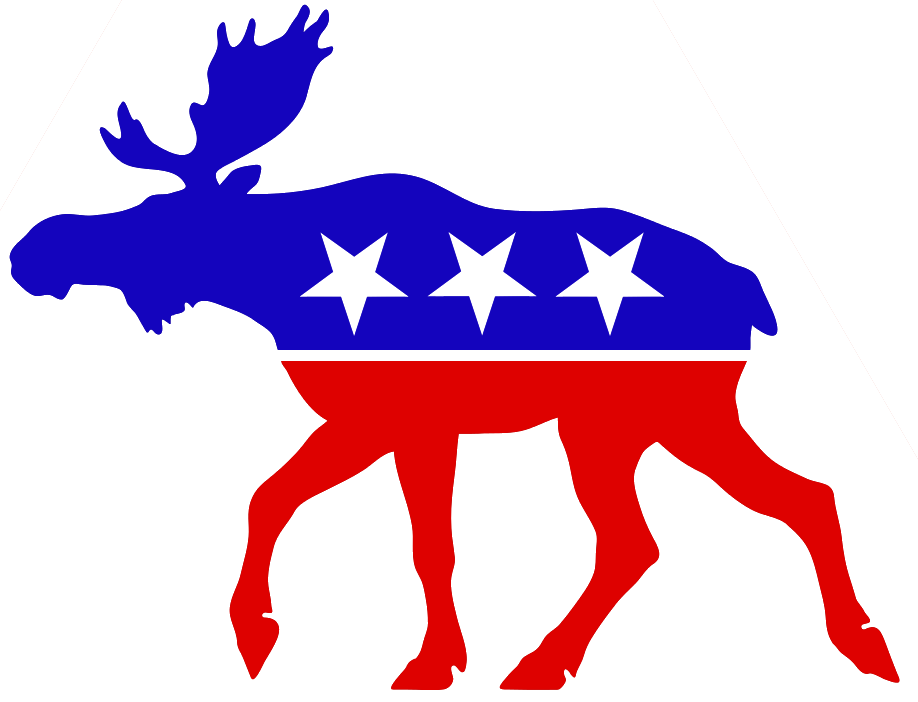 |
| No shit, the most awesome logo too. |
Teddy Roosevelt, formerly President of the United States under the Republican Party, wanted to make a comeback in 1912. Alas, the Republicans were going with fatso William Howard Taft. So Teddy just formed his own third party, also known as the “Bull Moose” party and ran himself. How well did he do? Well, he finished in second place, for one – which makes him the last third party U.S. Presidential candidate to finish above a Republican or Democratic ticket (in this case, he finished above Taft but lost to the Democrat, Woodrow Wilson). He also proved his bad-ass-ery in this election by surviving an assassination attempt right before giving a speech. And I don’t mean “right before giving a speech” as in “right before being scheduled to give a speech, and then cancelling the speech because he got shot.” I literally mean “right before giving a speech” because
SOMEONE FUCKING SHOT HIM IN THE CHEST, and he STILL GAVE THE SPEECH ANYWAY. Alas, the Progressive Party (at least this
first iteration of the Progressive Party) was really only a one trick pony with Teddy Roosevelt. Without TR as a candidate, it soon fell apart.
4. Populist (People’s)
The People’s Party, most commonly known as the Populist Party, was probably the last “great” third party in the country which lasted for several election cycles and had a chance of usurping one of the big two. The party picked up on the pro-agrarian, pro-labor, and pro-monetary reform positions of the Union Labor and Greenback Parties, but then added additional “populist” idea to benefit the average, regular people such as graduated income taxes (make the rich pay more of the share) and direct election of Senators (as crazy as it might sound to you today, that never happened until the 17th Amendment came into effect in 1913). Candidate James Field set the stage for the Populist Party to emerge as a power player in the Presidential election of 1892, and many thought that the Populists would replace the Democratic Party as the primary counterparts to Republicans in 1896. However, the Populist Party would wind up endorsing William Jennings Bryan, also the Democratic Party candidate, that year. This was the beginning of the end for the Populist Party, as that move allowed the Democrats to swallow them up and take over most of their (more moderate and palatable) positions. As for the more "extreme" left-wing policies? Well, that’s where the Socialists finally emerge.
3. Whig
 |
| Clay's failure means school kids don't have to learn how to spell "Frelinghuysen" |
Our last three defunct parties should not be surprising, as they are the only three defunct parties which actually produced Presidents of the United States (discounting the 1864 election where Lincoln was in the “National Union” party… although honestly, he was really still a Republican). It’s kind of weird that the U.S. formed a “Whig” party, as that shared a name with a British political party (even after that whole “War with England” thing, although technically the Whigs claim they weren’t name after
those Whigs, but after a different, American “Whig” group associated with the Patriots). By around 1834 the Whigs were able to pull together large chunks of the faltering National Republican and Anti-Masonic parties to form a new alliance to take on the Jacksonian Democrats. They also embedded a few of the ideas of the former Federalist Party. Henry Clay became the most famous Whig, despite never becoming President himself. The party mainly pushed ideas like the supremacy of the Congress over the Presidency, modernization and economic protectionism (via tariffs). They also began to take a religious and moral ground on a lot of issues, such as opposing Andrew Jackson’s horrific policies towards Native Americans, and opposing the continued expansion of slavery in the west. Eventually, the party would split though – with Northerners increasingly taking on anti-slavery positions and forming the basis of the modern Republican Party, and Southerners forming the Know Nothing and Constitutional Union parties.
2. Democratic-Republican
The Party of Jefferson, Madison and Monroe emerged as the first opposition party in the United States, opposing the Federalist power of John Adams and his allies. You know, except for those times when it was totally convenient for Jefferson and crew to engage in Federalist-type activities not specifically enumerated in the Constitution but played it off like they was bein' all cool. Oh well, who would have guessed that the man who wrote "all men are created equal" but owned (and raped) slaves was a bit of a hypocrite?
I digress. When the D-R party really started to get its act together, it became unbeatable and crushed the Federalists at the beginning of the 19th Century. They essentially made the United States a one party system for a number of years, as by the end of their reign every single candidate in the Presidential elections of 1820 and 1824 were from their party. But after 1824, they broke apart into several different factions – including the Andrew Jackson-led Democratic party (the same Democratic Party which exists today), as well as the National Republican (nope, this is not the same one that exists today) and Anti-Masonic Parties.
1. Federalist
 |
| Okay, this one is definitely Hamilton, for sure. |
The Federalist Party was the OG party of the United States. George Washington, and several of the founding fathers, didn’t even want to have political parties. But the Federalists (John Adams, Alexander Hamilton, John Jay, and their hype men) would have none of that nonsense, and they formed an alliance just like those smart people on the first season of
Survivor. Their platform was essentially to have a stronger, more centralized and powerful federal government. Which is honestly what the early nation needed if it didn't want to fall apart in a horrific disaster. By the time their rival party, the Democratic-Republicans (led by Thomas "Rape Master" Jefferson) got their act together on the whole "party" thing, the Federalists were, alas, doomed. By the 1820 Presidential election they wouldn’t even be able to put forward a candidate. And yet they still won 16.12% of vote that year.
With no candidate. Let me repeat that for you. In 1820 the Federalists ran
no one and no one won over 16% of the vote. Which is, quite frankly, awesome. So why do I say the Federalists are better than the Whigs? or Democratic-Republicans? Because I’m #TeamHamilton 4Life and have been since waaaay before the musical. Seriously, if you haven’t even read
The Federalist Papers then we can't be friends. Chances are you did though. Homework assignments in school totally count.
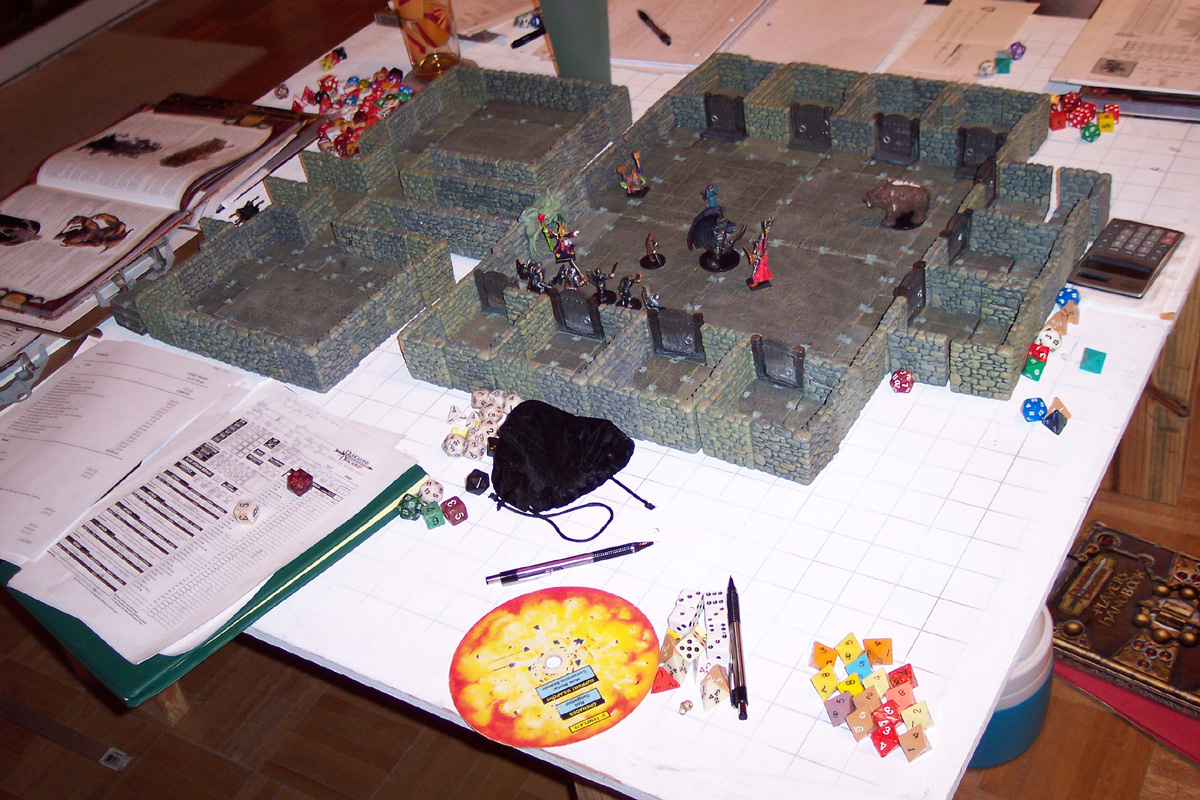

.jpg/1280px-Dice_(typical_role_playing_game_dice).jpg)







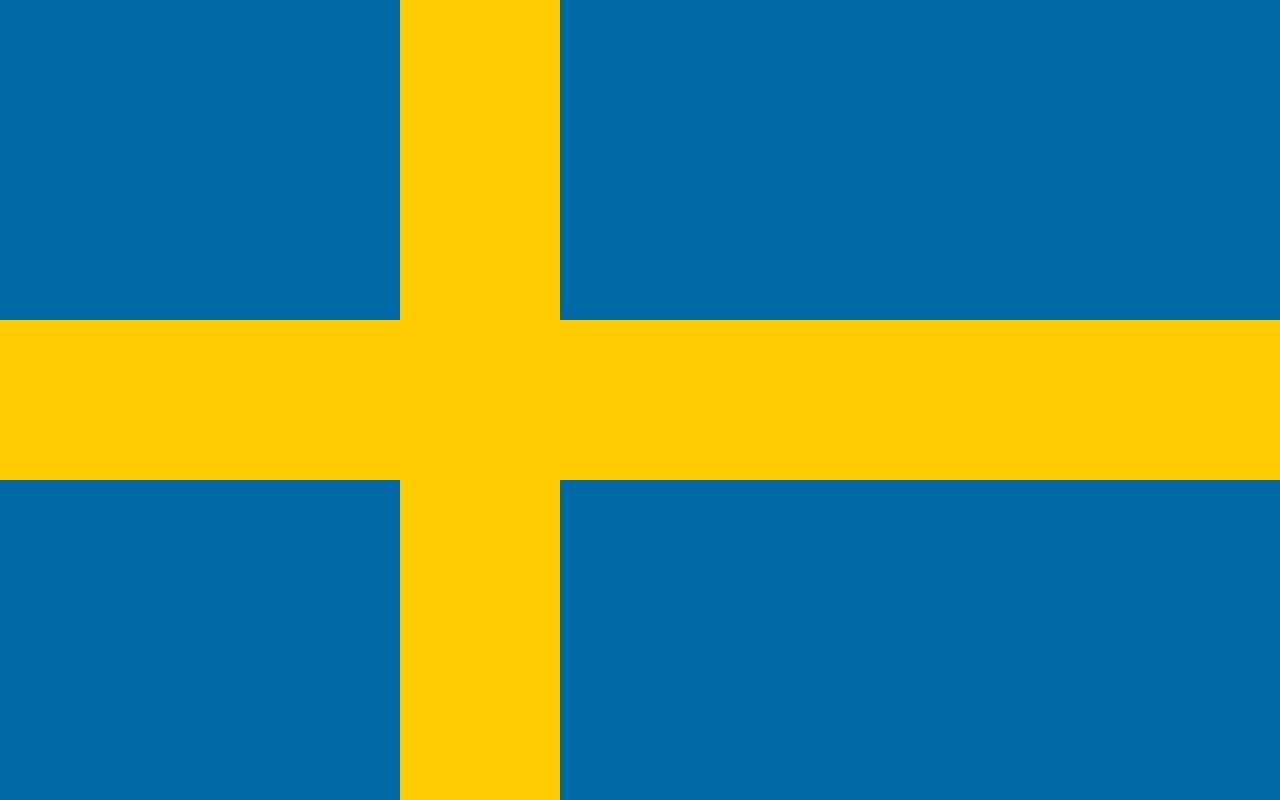
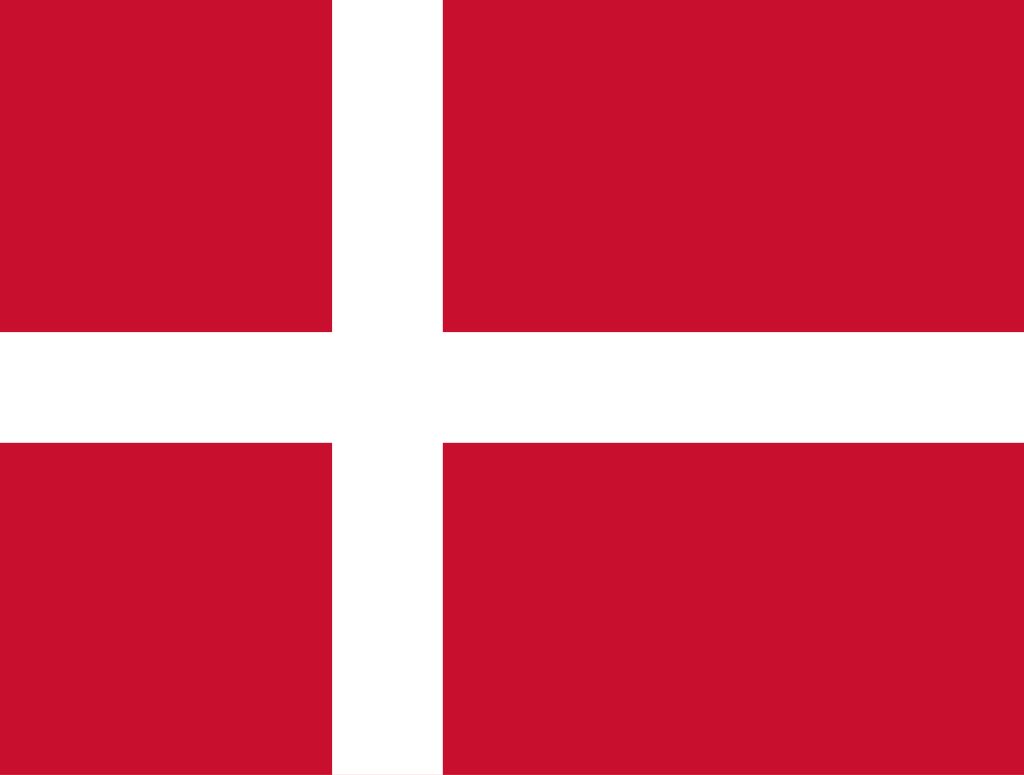
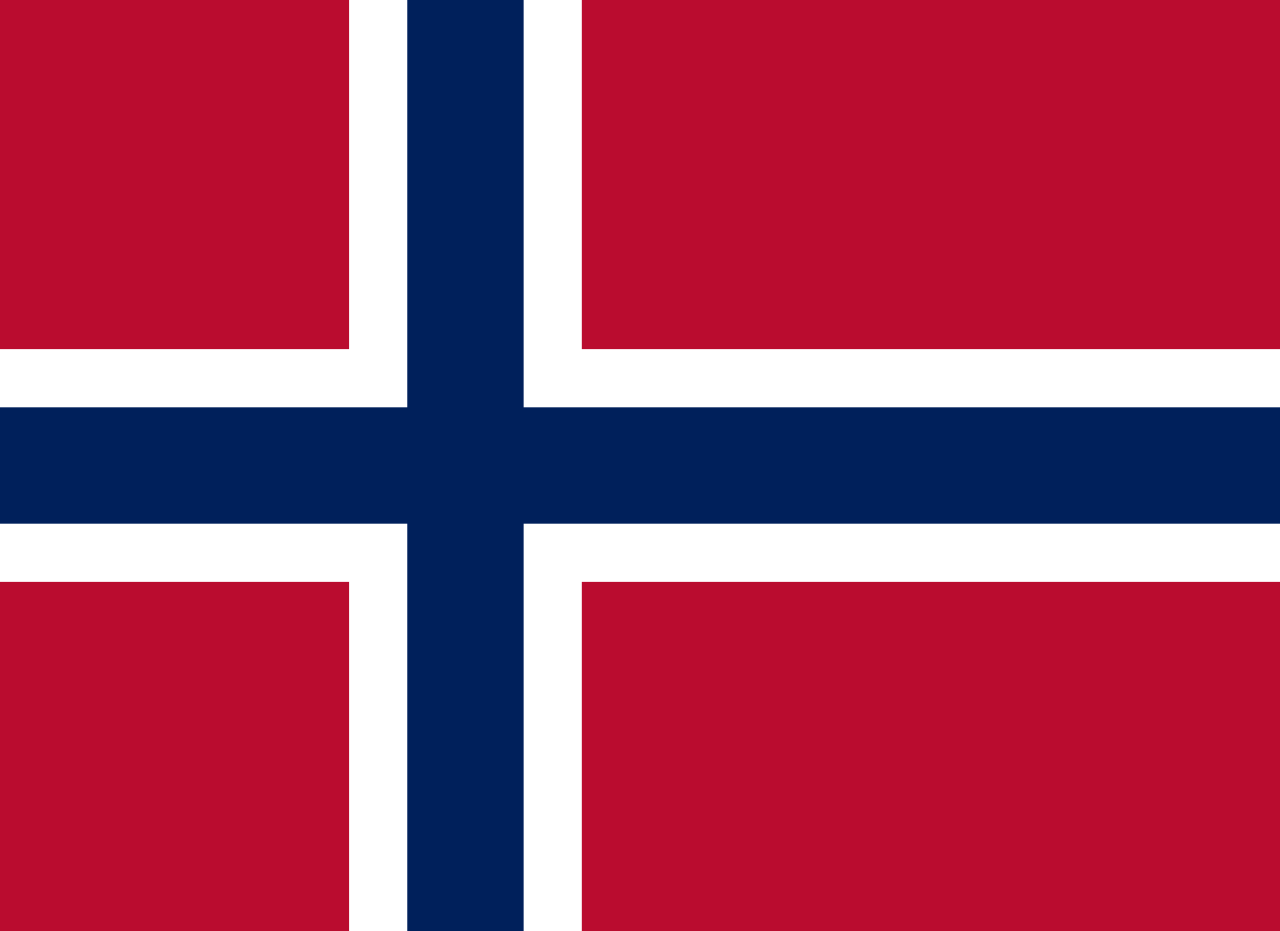

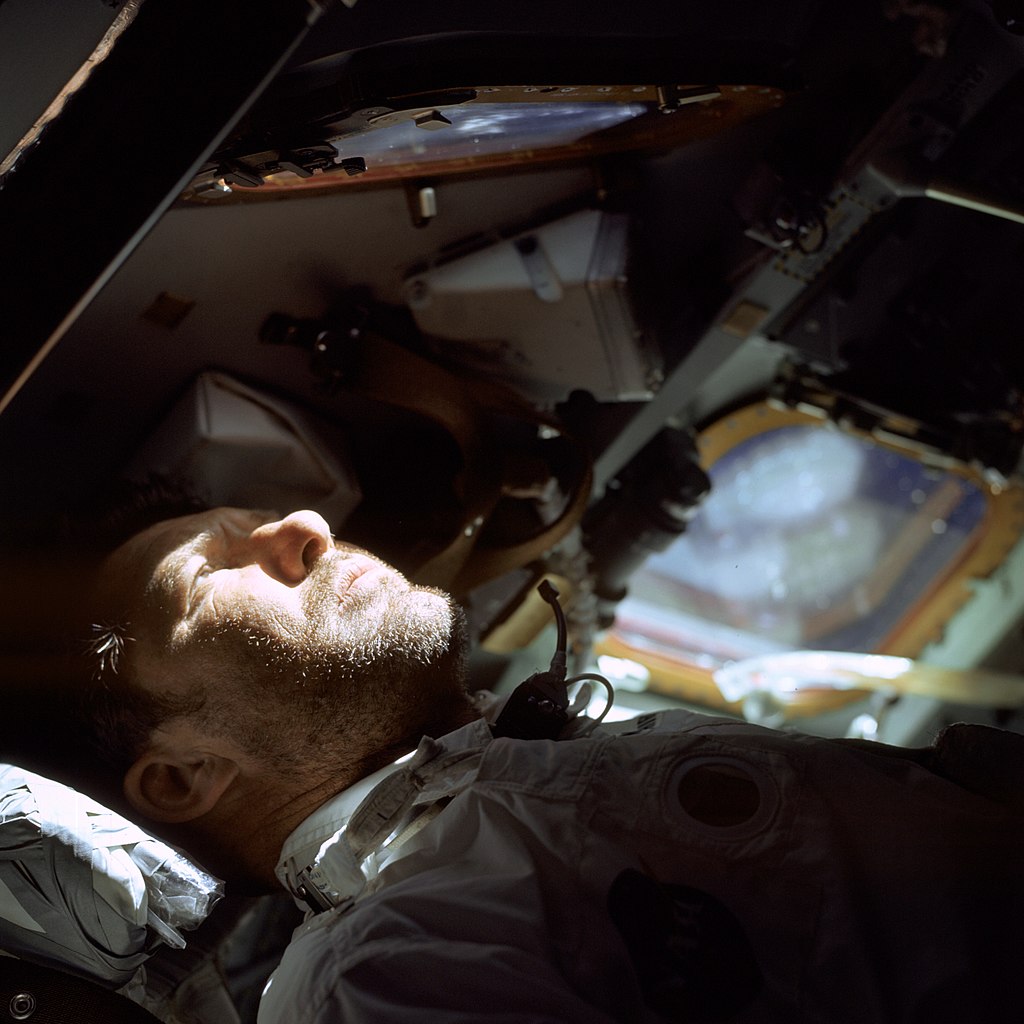



.jpg/800px-Astronaut_Harrison_'Jack'_Schmitt%2C_American_Flag%2C_and_Earth_(Apollo_17_EVA-1).jpg)







